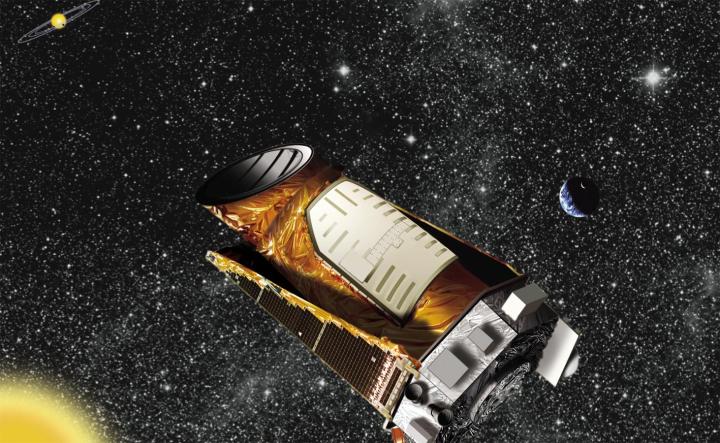
After completing its initial mission in 2014 detecting exoplanets (planets that orbit stars other than our sun), Kepler was given an additional task known as K2. K2 involves researching other astronomical objects including young stars, supernovae, and pretty much anything else Kepler can detect in outer space, while at the same time looking for more exoplanets. All bets are off now, when a spacecraft emergency was declared, providing highest level access to NASA’s communications systems. That status has now cleared, but there are many unanswered questions.
See also: NASA delays InSight mission, says we won’t be going to Mars again until at least 2018
NASA was about to re-orient Kepler to point toward the middle of the Milky Way for a microlensing experiment. Microlensing is a method of detecting the existence of planets based on bending of light due to the force of gravity. When a planet orbits in front of its star, its gravity force causes a brief brightening of the star’s light. This brightening is measurable and proves the existence of an exoplanet even when the planet itself cannot be seen.
When NASA checked in with the spacecraft on April 7th, however, that’s when it discovered Kepler in Emergency Mode (EM). On April 4th all systems were fine, but on a Thursday check-in the spacecraft had apparently been in EM for 36 hours. Because of the craft’s distance from Earth, communications signals sent to Kepler take roughly 13 minutes to make the round trip.
Now that NASA has re-established communications with Kepler and can hopefully figure out if anything needs fixing, K2 is up in the air. If the spacecraft burns through its fuel stores, that effectively ends the Kepler research mission, but that has likely been averted. We hope.
Editors' Recommendations
- NASA’s Psyche spacecraft sends back its first image of a star field
- Astronomers discover three exoplanets in final data from Kepler Space Telescope
- NASA’s Lucy spacecraft has almost completely deployed its stuck array
- NASA’s TESS has discovered 5,000 exoplanet candidates
- NASA’s Lucy spacecraft is in cruise mode, but solar array issue persists




